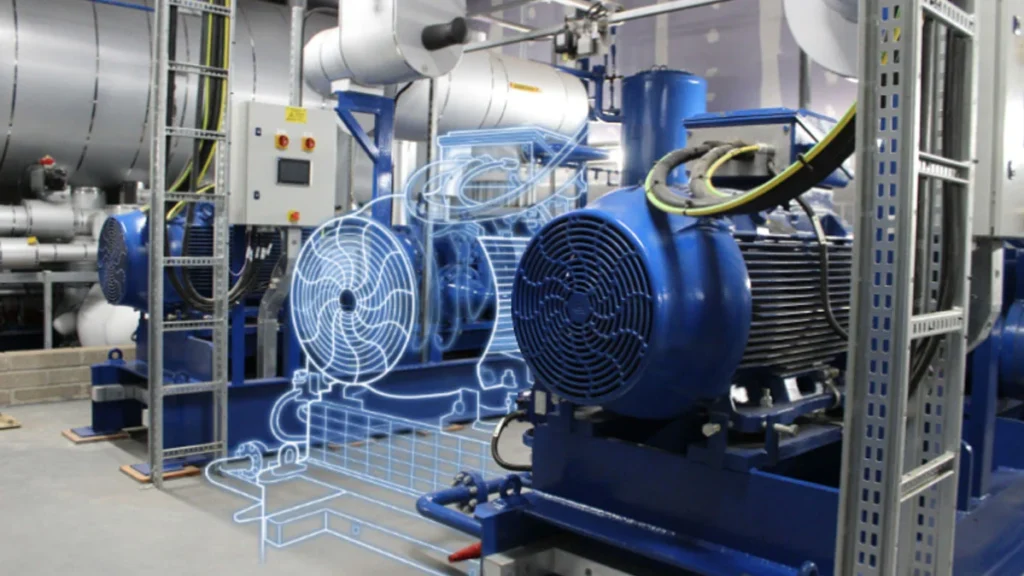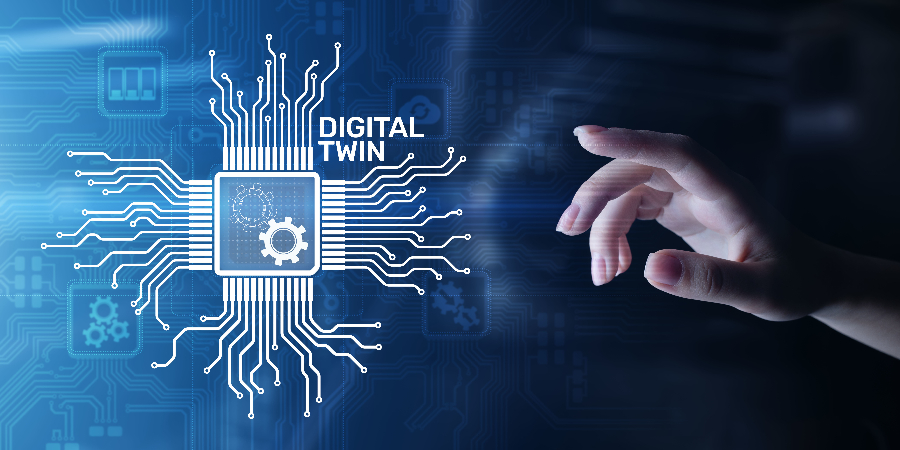Digital Twins and Sustainability: Towards a Greener Future
In today’s world facing urgent challenges of climate change and environmental degradation, companies and organizations across all sectors are tirelessly seeking ways to reduce their carbon footprint and operate more sustainably. In this context, digital twins have emerged as a powerful tool to drive the transformation towards a greener future.
What are digital twins and how do they work?
Digital twins are detailed virtual replicas of physical systems, processes, and assets. These models are created using a combination of real-time data collected from sensors, physical models, and simulations. The gathered information is integrated into a virtual representation that faithfully reflects the behavior of the system in the real world.

How do digital twins contribute to sustainability?
Digital twins offer a wide range of benefits that can help companies achieve their sustainability goals:
1. Monitoring and optimization of energy performance
- Digital twins enable companies to monitor in real-time the energy consumption of their assets, processes, and systems.
- By analyzing this data, areas of inefficiency and excessive energy consumption can be identified.
- Models can be used to simulate different scenarios and strategies to optimize energy usage, reduce costs, and minimize carbon footprint.
2. Waste and emissions reduction
- Digital twins enable companies to model and simulate production processes to identify opportunities to reduce waste and emission-s.
For example, by optimizing product and packaging design, companies can minimize the amount of materials used and waste generated.
- Furthermore, digital twins can be used to simulate different waste management strategies, such as reuse, recycling, and remanufacturing, helping companies to close the product lifecycle loop and reduce their reliance on virgin resources.
3. Improvement of asset management and maintenance
- Digital twins provide valuable information about the status and health of physical assets, enabling companies to perform preventive and proactive maintenance.
- They reduce unplanned downtime, extend the lifespan of assets, and minimize resource consumption.
- They can also be used to optimize maintenance planning, ensuring that resources are used efficiently and unnecessary repairs are avoided.
4. Promotion of circular practices
- Digital twins can be used to simulate scenarios of reuse, recycling, and remanufacturing, helping companies to close the product lifecycle and reduce their dependence on virgin resources.
This contributes to a circular economy, where materials are reused and recycled instead of being discarded, thereby reducing environmental impact.
Examples of how digital twins drive sustainability in different industries
Construction
Digital twins optimize building design, reduce construction waste, and improve energy efficiency during operation. This results in more sustainable buildings that consume less energy and generate fewer emissions.
Manufacturing
They optimize production processes, reduce energy and water consumption, and minimize waste generation. This enables manufacturing companies to reduce their environmental footprint and improve their operational efficiency.
Smart Cities
These technologies optimize traffic management, public lighting, waste collection, and other urban services, reducing energy consumption and emissions.
This contributes to creating more sustainable and livable cities.
Transportation
Digital twins optimize transportation routes, reduce fuel consumption and emissions, and promote the use of electric vehicles.
This contributes to a more sustainable and less polluting transportation system.
The future of digital twins and sustainability
As technology continues to evolve, digital twins are expected to play an even more significant role in combating climate change and promoting sustainability.
Combining them with other technologies like artificial intelligence, machine learning, and the Internet of Things (IoT) will enable organizations to create even more sophisticated and accurate models that can help optimize resource usage, reduce environmental impact, and move towards a more sustainable future.
At Foundtech, we are committed to helping companies and organizations harness the power of digital twins to enhance their sustainability efforts. See you in the next entry, to keep learning about Industry 4.0 technology.
JOIN THE NEW REALITY!



